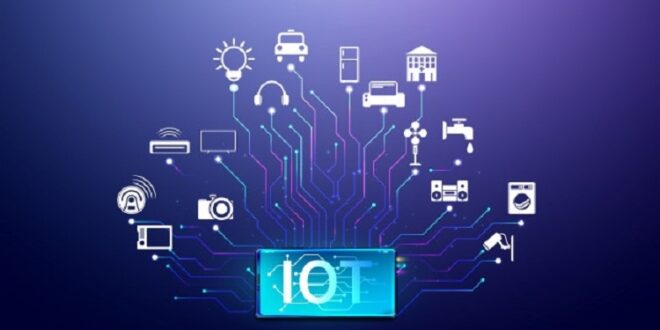The Internet of Things, i.e. IoT, has contributed to the global flow of data by its incredible features and comfort given to its users. Big organizations implement IoT solutions to automate business processes and improve business operations’ efficiency. Data visualization nowadays plays a vital role within IoT processes, producing valuable insight in real-time to promote critical decision-making. Essentially, many data visualization tools are worth taking the time to try out before finalizing a single solution. In this article, we will share a list of the most promising data visualization tools for IoT applications.
Power BI:
Power BI is a powerful business intelligence tool that enables a user to visualize an extensive range of datasets. There are many sensors we are surrounded by, and Power BI can give you a flexible and powerful way to analyze and display the data generated from it. It has a complete list of integrations, and it can pull data from many correlated sources. Just the thing is that Power BI is a paid service. That’s why most startup or small scale companies do not prefer it. According to statistics, 77.6% of Power BI users are companies with 1000+ employees.
Kibana:
Kibana is also a data visualization tool that deals with Elastic Stack data management. It visualizes the time-series data from elastic_search clusters. It also shows maps and allows you to make alterations in visualizations, build complex dashboards, and provide us with everything quickly. Linking this data to monitor productions and obtain suitable measures for further analysis is necessary.
Grafana:
Grafana is a highly professional data visualization and analytics tool for IoT. It comes with a wide range of data visualization techniques. There are many technologists around that are using Grafana to monitor their business applications. It contains broad capabilities for management, dashboard building, and an extensive list of possible data sources. Grafana is a good fit for the types of monitoring tasks you may want to perform on data processes in IoT devices.
Tableau:
Tableau comes in many versions, including a desktop app, a cloud version, and a free public app. In addition, there is an availability of hundreds of data import options. The general tool of Tableau is open source. It’s a great tool for those looking for a powerful way to generate data visualizations used in various settings. Tableau is known for processing any kind of data from nearly any system and transforming it into actionable insights with agility and efficiency. Some users even say that it is as smooth as dragging and dropping.
If Tableau is interesting for you and you would like to become a Tableau Desktop Specialist, try the certification questions, which could reward you with a Tableau Specialist Certificate.
Conclusion:
It can be hard to select a visualization tool for your IoT applications. Data visualization designers realized the primary purpose of use and whether a tool has the features they need. Choosing the most cost-effective tool available can’t be the best idea. So choose wisely.
 HammBurg Be informed with latest news, reviews, entertainment, lifestyle tips, and much more.
HammBurg Be informed with latest news, reviews, entertainment, lifestyle tips, and much more.




